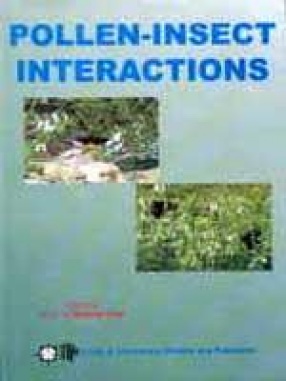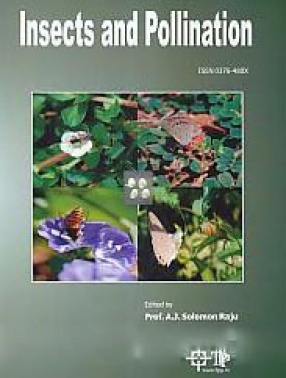
A J Solomon Raju

Showing all 13 books

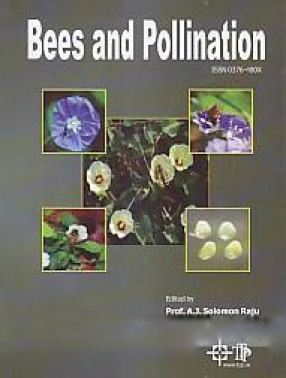
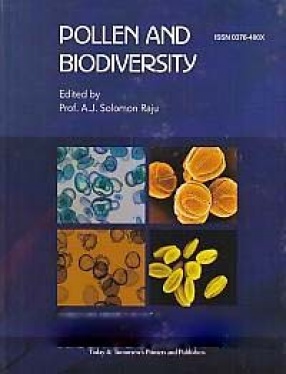
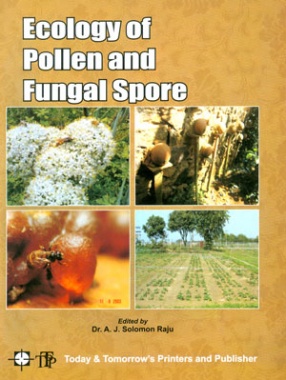
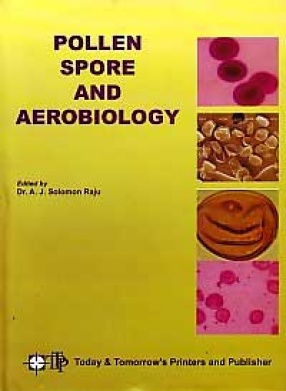
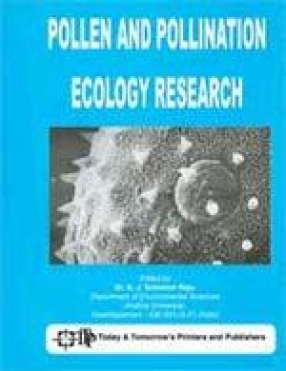
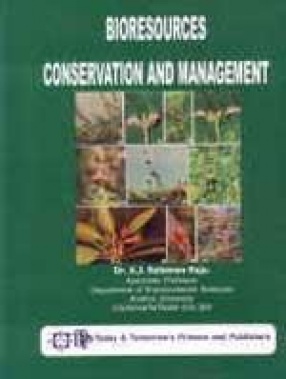


In this issue, original research and review works relating to pollination aspects of agricultural crops, biodiversity and aerobiology have been included. The subject encompasses diverse fields of research involving the conservation and management of both agricultural and natural biodiversity with an integrated ecosystem approach. Bee-keeping aspects with reference to biodiversity sustainability have also been dealt by different authors.
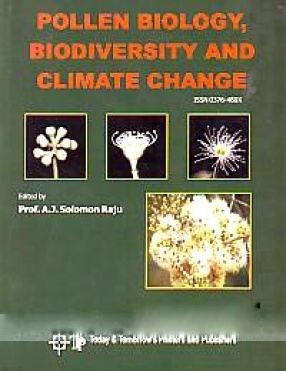

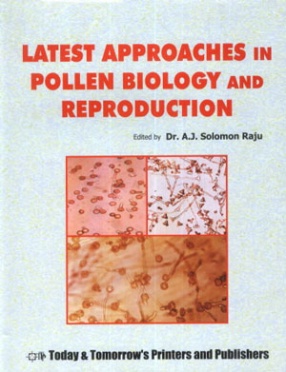


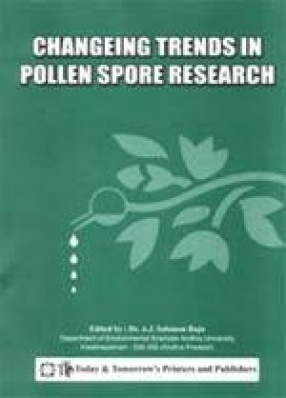
This issue brings out the information on advances in pollen-spore research in India. The topics covered are aeromycoflora, pollen relationships with honey bees, pollen calendars of honey bees and pollen and spore allergy. The information on these topics is of immense value for academicians, agriculturists, apiculturists and biologists. The authors of each papers have discussed the present trends in pollen-spore research. Further, pollen calendars of honey bees ...
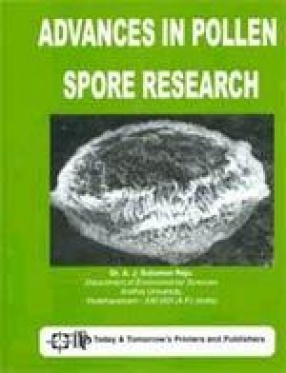
Pollen grains are male reproduction units. They are small and formed in the anthers of flowering plants. Abiotic and biotic agents transfer pollen to the receptive site of stigma. Among biotic agents, bees are the most important pollen vectors and have established intimate, interactive relationships with flowers. The pollen grains carry different kinds of nutrients and upon arrival at the receptive stigma, they germinate and continue their growth to the embryo ...

This issue brings out original research and review papers on pollen-spore and pollination ecology. The topics covered include sexual systems, breeding systems and pollination ecology of some tropical plants, effectiveness of bees as pollinators, pollen and nectar sources of the digger bee, Amegilla, prospects and challenges of pearl millet pollen, airborne fungal spores and their allergenicity and application of remote sensing techniques in pollen studies. This ...

This issue brings out papers on different aspects of pollen-spore research. The papers refer to honey bees as efficient pollen vectors in Bt-cotton hybrid plants; pollination biology of two economically important forest plant species, Acacia Sinuata and Semecarpus anacardium; pollen viability and storage in higher plants; identification of cytoplasmic male sterile lines for seed protein improvement in pearl millet and their relation to page patterns and seedling ...

This book brings out the structural and functional aspects of plants and animals at different stages of their life cycle. The content included in the papers is contributed by different authors; it is mostly original and supplemented by the works of other workers published in India and elsewhere. The contributions include phenological and ecological aspects of reproduction in tree taxa in the scrub vegetation, reproductive ecology of Acacia Farnesiana, A. Sinuata ...
